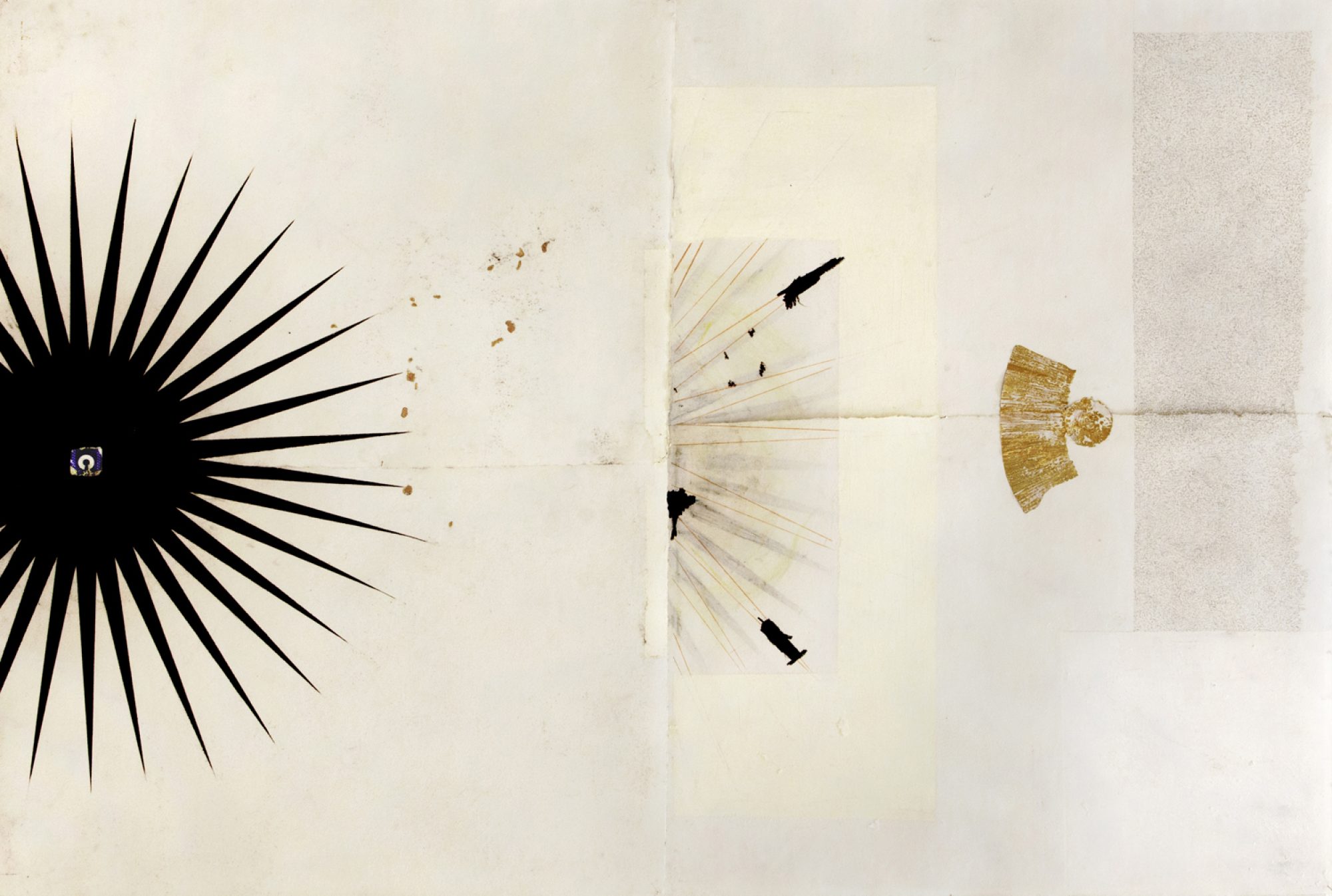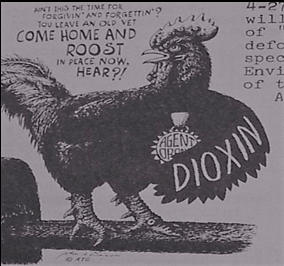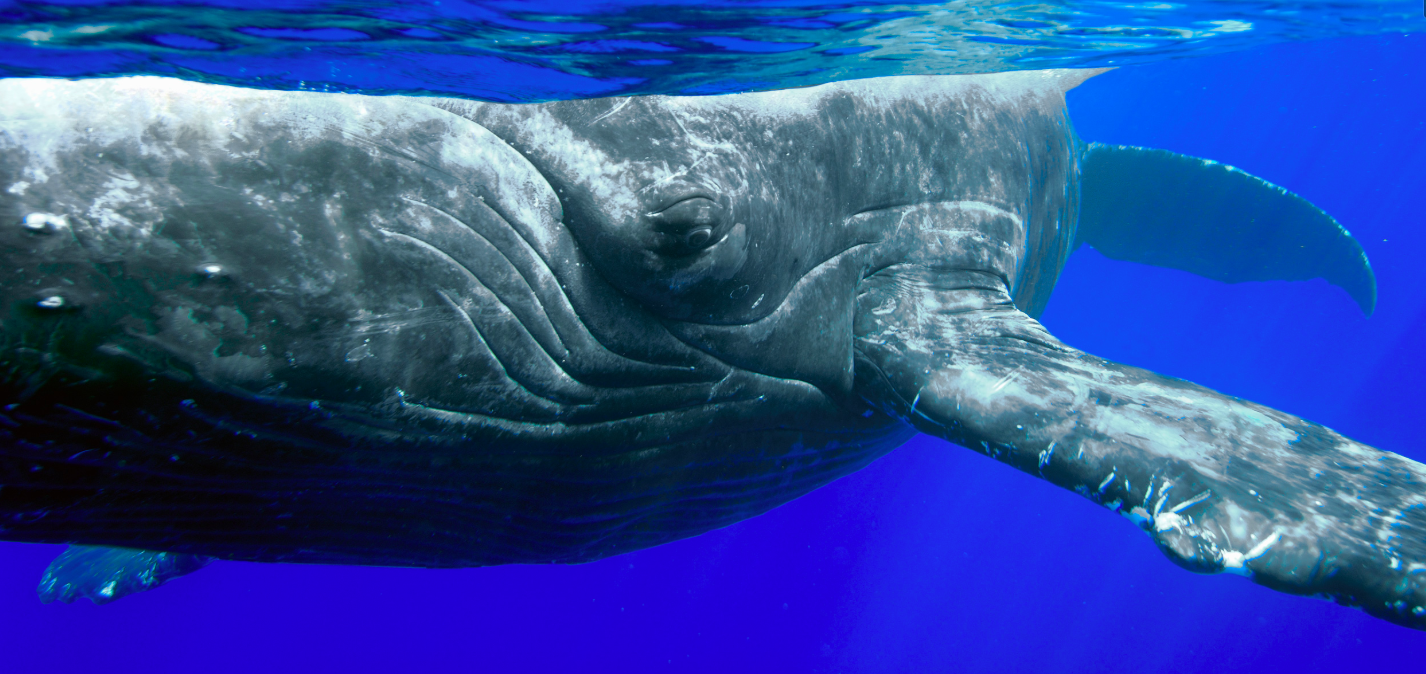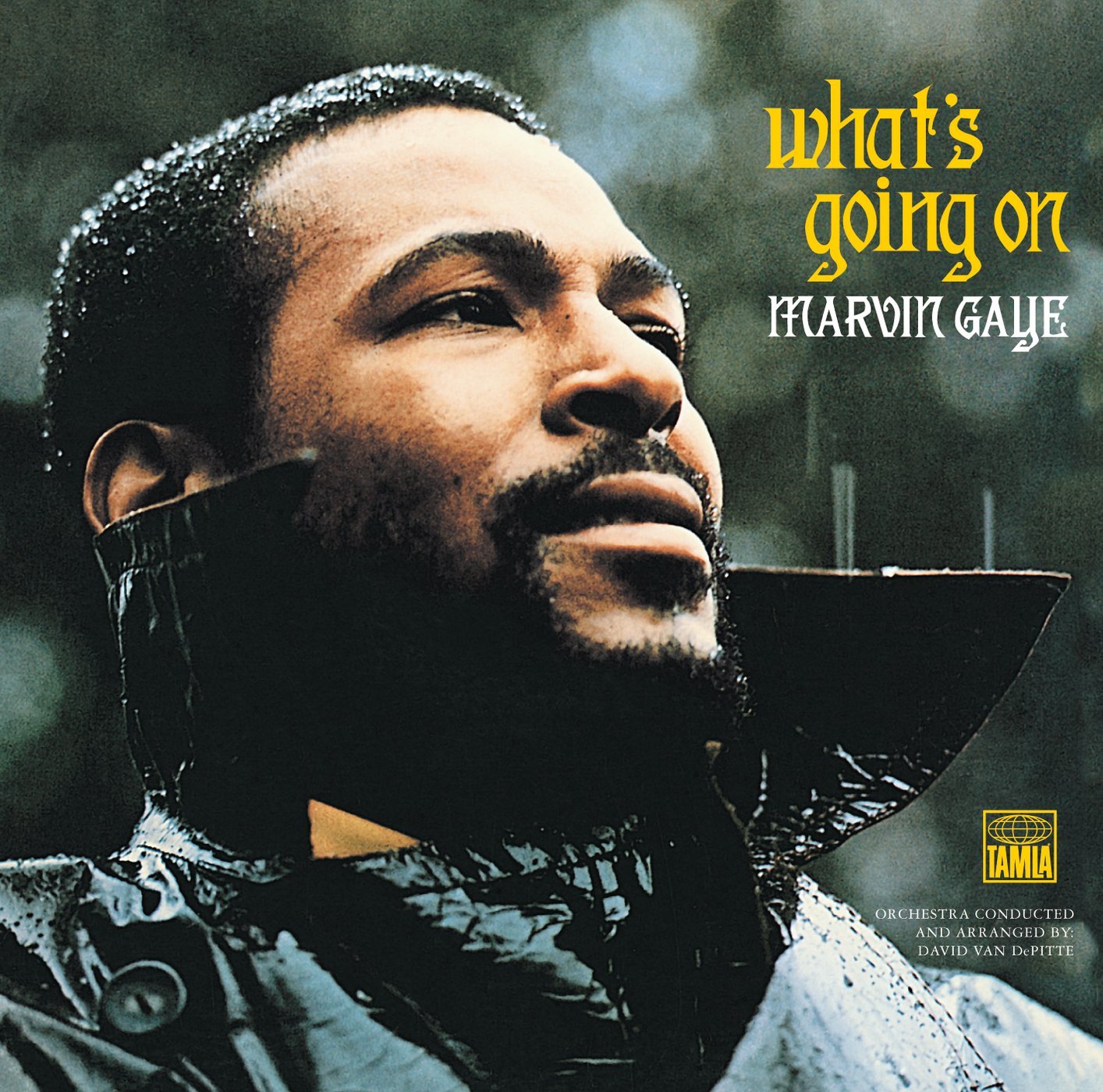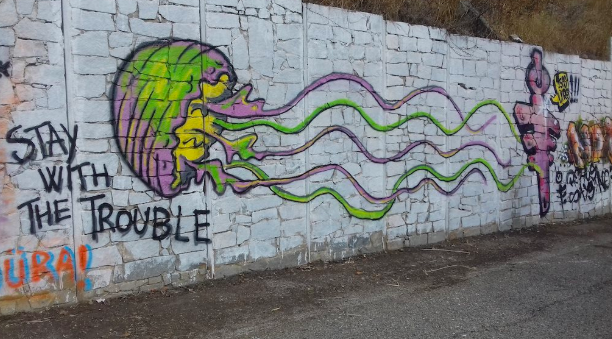Hal Crimmel
Abstract: Since the dawn of the industrial area, air pollution has been a stubborn problem, especially in crowded urban areas. Air pollution in London and other European cities, for example, steadily worsened during the 1800s as the tonnage of coal being burned to power industry and generate electricity grew. But the most infamous air pollution event not attributable to a single event, such as Chernobyl, or the 1984 Bhopal, India, disaster caused by a Union Carbide pesticide plant’s release of thirty tons of toxic gas, took place just over sixty years ago. In December 1952, a combination of unusual weather patterns and the burning of low-grade coal caused the Great Smog of London, an event which killed thousands and led to new clean air laws in Britain. In the United States, the October 1948 Donora Smog was and remains the worst short-term air pollution-related disaster in the nation’s history, where airborne pollutants from local steel mills became trapped in the valley, killing at least twenty people and sickening thousands more.
Today, the World Health Organization estimates that 92% of the world’s population lives in areas where air pollution exceeds WHO limits; nearly 1 out of 9 deaths globally—some 10 million—are attributed to poor air quality, an environmental issue of global concern. In the United States, the American Lung Association estimates that nearly half of all Americans live in areas with compromised air quality, from Fairbanks, Alaska, to Los Angeles, from the Central Valley of California to New York City and on up to rural Maine. An MIT study estimated the number of premature deaths attributable to air pollution in the United States at 200,000. Indeed, and without considering the impact of carbon pollution on the climate, air pollution has and continues to profoundly impact our environment.
This section uses a case study approach from my home state of Utah, which has one of the nation’s worst wintertime air quality problems and seeks to explore how sustainability transformations in the present, including those consisting of energy, mobility, and public policy, can produce meaningful improvements to air quality in concert with the role of realistic hope created by non-profits, individuals, communities and policymakers taking action to restore local and regional airsheds. In Utah, as elsewhere across the globe, public demands for action on air quality have been galvanized by the narrative of health, an important reframing that contrasts with the industrial and dominant political narrative, which focuses on how curbing air pollution impacts jobs and the economy. Most of the content from this unit comes from my forthcoming (University of Utah Press, 2019) book, Utah’s Air Quality Issues: Problems and Solutions.
How do you define radical hope?
I see it as a rejection of the notion that we can’t change the ways things are currently, and as an embrace of the idea that targeted efforts can result in meaningful changes.
How do you see radical hope emerging or playing out in your case study?
In the context of this project, I see it as a question of perception and of action. Unlike other environmental issues—toxic waste dumps or localized water pollution, for instance, air pollution impacts everyone in a particular place, though some more so than others due to proximity to pollution sources. But in general, unless one moves out of state, there is no escape during periods of moderate to severe pollution. Such realizations have spurred many here to do something about what can genuinely seem, during the most severe wintertime pollution episodes, apocalyptic and fully dystopic. Yet many here are committed to rejecting earlier narratives of helplessness—and in this regard, the movement to improve the state’s air quality evinces a certain hope that could provide a template for the future, here and in key locations around the globe. The health awareness the movement has raised, the research it has created, and the political will it has started to generate has and will result in regulations, legislation, stepped-up enforcement and changed citizen behavior–all parts of solving the air pollution puzzle.
Readings/Resources related to Utah
- Alexander, Thomas A. : “Cooperation, Conflict, and Compromise: Women, Men, and Environment in Salt Lake City, 1890-1930”. BYU Studies Quarterly 35 (1) 1995. 7-39.
- Crimmel, Hal, ed. Utah’s Air Quality Issues: Problems and Solutions. Salt Lake City: University of Utah Press, 2019.
Table of contents:
- Introduction: HAL CRIMMEL
- Chapter One: Breathing in Utah’s Parks and Protected Areas: Air Quality and the Visitor Experience. CHRIS ZAJCHOWSKI
- Chapter Two: What’s in the Inversion?: Particulate Matter Pollution in Northern Utah. KERRY E. KELLY
- Chapter Three: Ozone, Dust and Climate Change: Air Quality in Rural Utah. SETH ARENS
- Chapter Four: Air Pollution and its Impacts on Human Health. BRIAN MOENCH
- Chapter Five: Air Pollution Control in Utah–The Legal Framework. JAMES A. HOLTKAMP
- Chapter Six: The Economics of Air Quality in Utah. THERESE C. GRIJALVA and MATTHEW GNAGEY
- Chapter Seven: Mobile Source Pollution and the Role of New Vehicle Technologies in Cleaning the Air. WILLIAM SPIEGLE
- Chapter Eight: Environmental Justice and Advocacy . MARK A. STEVENSON and DENNI CAWLEY
- Chapter Nine: Designed for Clean Air: The Role of Urban Planning and Transit in Solving Wasatch Front Air Quality Issues. ERIC C. EWERT
- Chapter Ten: Carbon Pollution and the Impacts of Climate Disruption on Utah
ROBERT DAVIES
Utah Websites:
- AirNow: Utah Air Quality (This site is maintained by the federal Environmental Protection Agency (EPA) and displays air quality across the United States. Users will find many helpful links.)
- Breathe Utah This site provides information useful for understanding air quality in Utah, including resources for getting involved in improving Utah’s air.
- Breathing Stories: Utah Voices for Clean Air
- https://www.torreyhouse.org/breathing-stories (This chapbook from Torrey House Press is a compilation of stories from citizens.)
- Utah Department of Environmental Quality: Air Quality http://deq.utah.gov/Divisions/daq/index.htm
- The Utah Division of Air Quality is a state agency under the Utah Department of Environmental Quality. Users will find many useful links.
- Utah Physicians for Healthy Environment (UPHE) website – http://www.uphe.org/
- This organization was founded by physicians and “is dedicated to protecting the health and well-being of the citizens of Utah by promoting science- based health education and interventions that result in progressive, measurable improvements to the environment.
Other air-quality resources for consideration: - Davis, Devra. When Smoke Ran Like Water: Tales Of Environmental Deception And The Battle Against Pollution. New York: Basic Books, 2003.
- When Smoke Ran Like Water, written by a well-known epidemiologist, is written in narrative format, and provides “insights into the science and politics of public health.” As such it is something of an exposé of how industry has fought efforts to control many forms of environmental pollution. The book covers such topics as the battle to remove lead from gasoline, the effects of pesticide exposure on workers, the links between trichlorolethylene and cancer, and the effort in the 1970s to require the installation of pollution control devices on automobiles, among other topics.
- Dewey, Scott Hamilton. Don’t Breathe the Air: Air Pollution and U.S. Environmental Politics, 1945-1970. College Station, TX: Texas A&M University Press, 2000.
- This book focuses on how air pollution became a social and public health issue in the 1960s. Using case studies from Los Angeles, New York, and Florida, the text discusses “how local efforts helped create both the modern environmental movement and federal environmental policy”.
- Steingraber, Sandra. “Air” in Living Downstream: An Ecologist’s Personal Investigation of Cancer and the Environment. Cambridge, MA: Da Capo Press, 2010.
- Steingraber’s book contains one chapter on air pollution and its health impacts.
- Earth Under Siege: From Air Pollution to Global Change, Second Edition. Oxford: Oxford UP, 2002.
- This textbook “offers a comprehensive overview of environmental issues for students in the physical and life sciences, geography, economics, engineering, environmental management and law, policy studies, and social and health sciences.” It is extremely thorough, covering everything from basic physical and chemical principles to global environmental engineering.
- McGranahan, Gordon and Frank Murray, eds. Air Pollution & Health in rapidly developing countries. New York: Routledge/Earthscan, 2012.
- The edited collection Air Pollution & Health in rapidly developing countries targets “pollution and health policy-makers, researchers and others concerned with air pollution and health in developing countries.” In eleven chapters, this book reviews studies of air pollution from Africa, Asia, and South American and compares them with those originating in Europe and North America.
- Phalen, Robert F. and Robert N. Phalen. Introduction To Air Pollution Science: A Public Health Perspective. Burlington, MA: Jones & Bartlett Learning, 2013.
- Introduction To Air Pollution Science is a textbook written expressly for “upper-level undergraduate and introductory graduate courses in air pollution”. It looks and reads like a textbook, though it contains quality information on the health impacts of air pollution.
- Vallero, Daniel. Fundamentals of Air Pollution, Fifth Edition. Burlington, MA: Elsevier, 2014.
- Fundamentals of Air Pollution is probably the best air pollution textbook on the market. Highly detailed and up-to-date on all aspects of air pollution, this 942-page book is targeted toward engineers and managers “tasked with the responsibility of air pollution control.”
